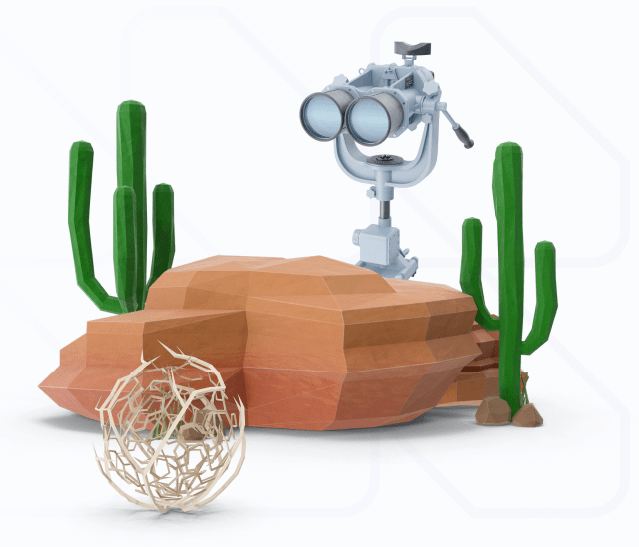Oops...
We can't seem to find
the product you're looking for.
Need help? Email Us.
[email protected]
Visit your local store
It looks like you are visiting from another country. Would you like to switch to your local store for a better experience?
Find suitable products, scientific resources or answers to your questions within our technical library FAQ.
Find suitable products, scientific resources or answers to your questions within our technical library FAQ.
We can't seem to find
the product you're looking for.
Need help? Email Us.
[email protected]